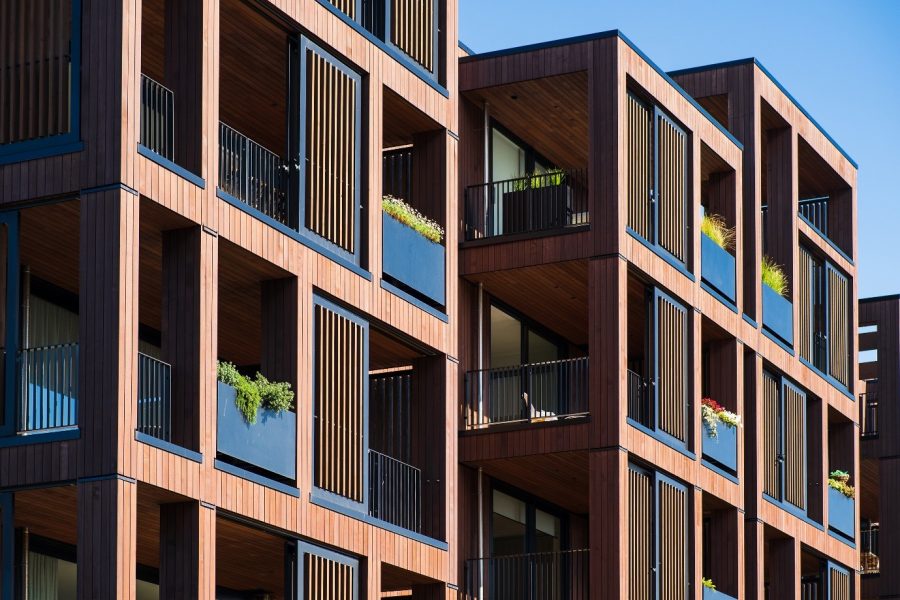This project is investigating the impacts of high-density housing on public transport use and service provision to directly inform policy and practice for reducing passenger overcrowding and enhancing liveability in cities.

Project Overview
Recent growth in high density housing along public transport corridors is associated with overcrowded public transport services in Australian cities, yet this complex and interconnected relationship is not well understood. This project expects to generate new knowledge in the field of transport and land use integration and produce much needed cross-sectional and longitudinal evidence of the impacts of the apartment boom on public transport. Greater alignment between high density housing and public transport will contribute to enhanced liveability in our cities through reduced overcrowding on public transport, greater travel choices and improved accessibility.
Project Stages
This project is being delivered in three stages:
Stage 1: Trip generation analysis
This stage seeks to determine the critical factors associated with public transport use by residents living in high density housing. This will be achieved through an analysis of public transport trip generation data for high density housing developments across Australian cities.
Stage 2: Resident survey
This stage seeks to determine the direct and indirect effects of high density housing on public transport use. This will be achieved through a survey of 1,200 residents living in high density housing in Melbourne, Sydney and Brisbane.
Stage 3: Longitudinal analysis
This stage seeks to determine how high density housing shapes public transport service provision over time. This will be achieved through a longitudinal analysis of public transport service provision and apartment building activity data in Melbourne from 2004 to 2021.

Project Outputs
Conference paper: Packed like sardines: Urban consolidation and transport planning practice
Working paper: Tracking the development of apartment housing activity against public transport service provision in Melbourne: 2004-2022
Funding
This project is funded by the Australian Research Council (ARC) through a Discovery Early Career Researcher Award (DECRA), DE220100052.
Contact
If you would like to know more about this project, please contact Dr Chris De Gruyter via chris.degruyter@rmit.edu.au.







